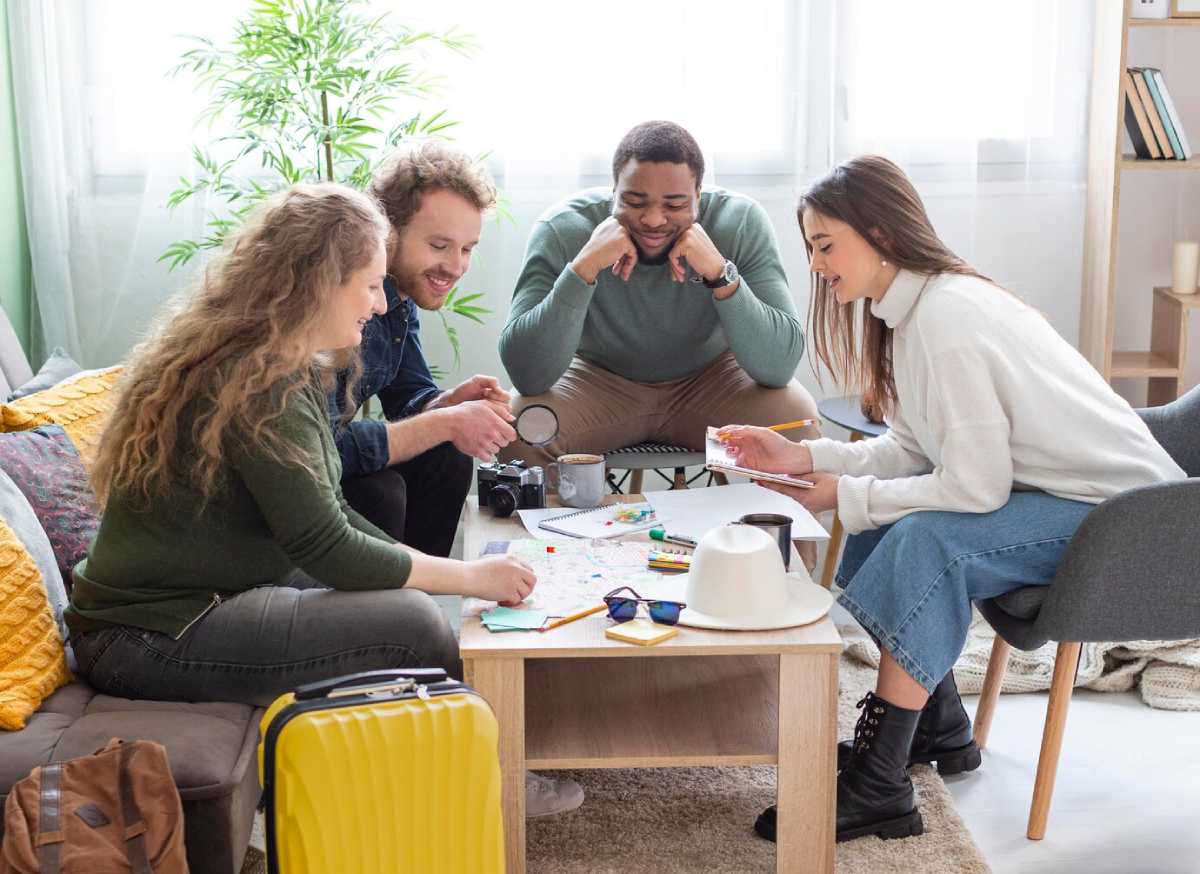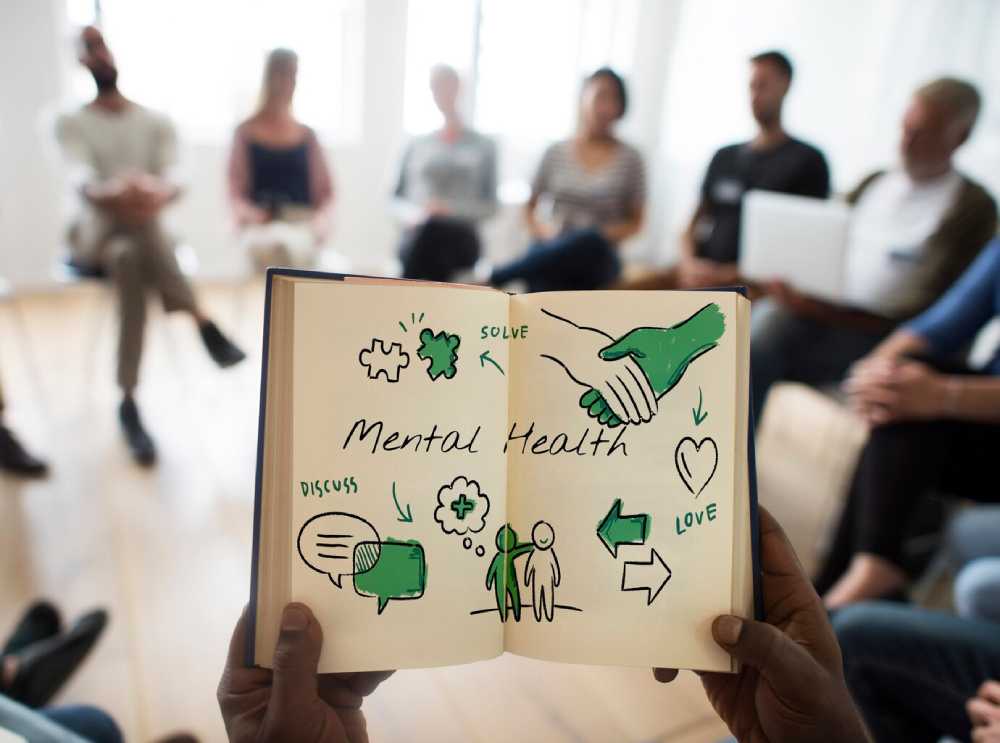
How Group Activities Can Boost Your Social and Mental Health
Modern life can be isolating. Between remote work, digital communication, and solo routines, many of us are spending more time alone than ever before. But while solitude has its place, human beings are social creatures by nature—and our wellbeing thrives on connection. Engaging in group wellness activities can be a powerful way to enhance both your social bonding and mental resilience.
From group hikes to yoga classes and book clubs to cooking workshops, shared experiences promote a sense of belonging, purpose, and joy. In this post, we explore how participating in group-based activities can significantly impact your community’s well-being and improve your emotional and psychological health.
The Link Between Social Connection and Mental Health

Research consistently shows that strong social connections contribute to:
- Lower levels of anxiety and depression
- Better stress regulation
- Higher self-esteem and confidence
- Greater resilience in the face of life’s challenges
Conversely, chronic loneliness has been linked to poor sleep, weakened immunity, and even increased mortality risk. Group activities offer an accessible way to cultivate these vital connections—especially in adulthood when meeting new people can feel harder.
Why Group Activities Matter More Than Ever
In an era defined by convenience and digital engagement, many of us lack regular, meaningful in-person interaction. Group wellness activities help reverse this trend by:
- Encouraging collaboration and communication
- Providing routine and accountability
- Offering opportunities for skill-building and shared goals
They also help build emotional safety. In safe, supportive group environments, you can be yourself, share vulnerabilities, and grow in confidence.
Mental Health Benefits of Group Participation
Group experiences offer more than just social benefits. They can be deeply therapeutic, helping individuals manage mental health challenges in subtle but significant ways.
1. Reduces Feelings of Isolation
Even a weekly art class or walking group can create regular, dependable interaction—something we often lack in daily life.
2. Encourages Mindful Presence
When engaged in a group activity, you’re often more present, less distracted, and less likely to overthink or ruminate.
3. Builds Confidence and Self-Efficacy
Trying new things with others helps you develop skills and receive encouragement, which builds a stronger self-image.
4. Normalises Emotional Struggles
Being part of a community—especially one centred on wellness—reminds you that you’re not alone in your struggles.
The Social Side of Wellness: Why Bonding Matters
Social bonding doesn’t just feel good—it triggers physiological benefits. Positive social interaction can increase oxytocin (the bonding hormone), reduce cortisol (the stress hormone), and even regulate blood pressure.
Key features of activities that foster bonding:
- Shared challenges (e.g. team sports or hiking)
- Creative collaboration (e.g. group art or music)
- Open conversation (e.g. support circles or book clubs)
- Physical synchrony (e.g. yoga, dance, or tai chi)
These moments of shared energy and rhythm can deepen trust, connection, and community cohesion.
Group Activities That Support Mental and Social Health
You don’t have to join a big club or attend weekly meetings to benefit. Start where you feel comfortable. Here are some impactful options:
1. Group Fitness Classes

Whether it’s Pilates, spinning, or outdoor boot camps, movement in groups builds camaraderie and endorphins.
2. Walking or Hiking Groups
Accessible and inclusive, these encourage conversation while offering the proven mental benefits of time in nature.
3. Book Clubs
Great for introverts and conversationalists alike, book clubs create low-pressure spaces for discussion and discovery.
4. Creative Circles
Writing workshops, painting sessions, or choir practice all use creativity as a channel for connection.
5. Cooking Classes or Potlucks
Food brings people together. Shared meals and learning experiences strengthen community well-being in the most delicious way.
6. Volunteering or Community Gardening
Helping others or working with the land fosters a shared sense of purpose and belonging.
Find (or Create) Your Circle

If you’re not sure where to begin, try the following steps:
Reflect on Your Interests
What do you enjoy or want to explore? Nature? Food? Art? Movement?
Research Local Options
Check community centres, libraries, bulletin boards, or online event sites like Meetup or Eventbrite.
Start Small
Attend a one-off event before committing to anything long-term. Ease in at your own pace.
Create Your Own Group
If you can’t find what you’re looking for, start it yourself. A weekly coffee chat, a Sunday park walk, or a shared reading list can evolve into a vibrant community.
Group Wellness Activities at Home
For those unable to attend in-person events—or those easing into social spaces—virtual or home-based group activities still offer benefits.
Try:
- Online group yoga or meditation classes
- Virtual book clubs or journaling sessions
- Group fitness challenges with friends
- Co-cooking nights via video call
- Hosting a digital gratitude circle
These experiences still support connection and accountability while allowing for comfort and flexibility.
The Ripple Effect on Community Well-Being
When individuals connect and thrive, communities do too. Group activities don’t just support your own well-being—they help build community well-being at large.
Long-term community benefits include:
- Increased empathy and compassion
- Greater civic engagement
- Reduced crime and conflict
- Stronger social safety nets
Shared experiences create shared responsibility, which leads to healthier, more resilient communities.
Overcoming Common Barriers
If joining group activities feels intimidating, know you’re not alone. Here’s how to work through common hesitations:
“I’m not a group person.”
Start with low-pressure options like hobby clubs or nature walks. Being part of a group doesn’t require extroversion.
“I don’t have time.”
Even one hour a week can make a difference. Choose something that brings joy so it feels like restoration, not obligation.
“What if I don’t fit in?”
Most people are just as nervous as you are. Look for inclusive spaces or events with a clear theme so you already have common ground.
Final Thoughts: Connection Is a Form of Care
In our increasingly disconnected world, showing up for other people — and letting them show up for you — is a surprisingly potent form of self-care. Joining in group wellness activities doesn’t only boost your mood for that day — it encourages long-term mental health, builds confidence and creates lasting bonds.
Whether it is a community class you are joining, a shared meal you are hosting or a digital group chat you are attending, just remember: social bonding is not a luxury, it is a necessity.
So if you’ve been feeling lonely, stagnant, or just craving a change, this might be your sign to reach out, try something new, and see where the community carries you.


